 EVBG STAFF
.
August 21, 2023
.
All EV Vehicles
EVBG STAFF
.
August 21, 2023
.
All EV Vehicles

Brace yourself for a fresh load of electric vehicle lingo. We guide you through it all with simplicity as your trusty co-pilot. Once you overcome your initial jitters, you’ll realize that EVs aren’t necessarily more intricate than their gas-guzzling counterparts. Some might argue that, in many ways, they are in fact much simpler and easy to work on.
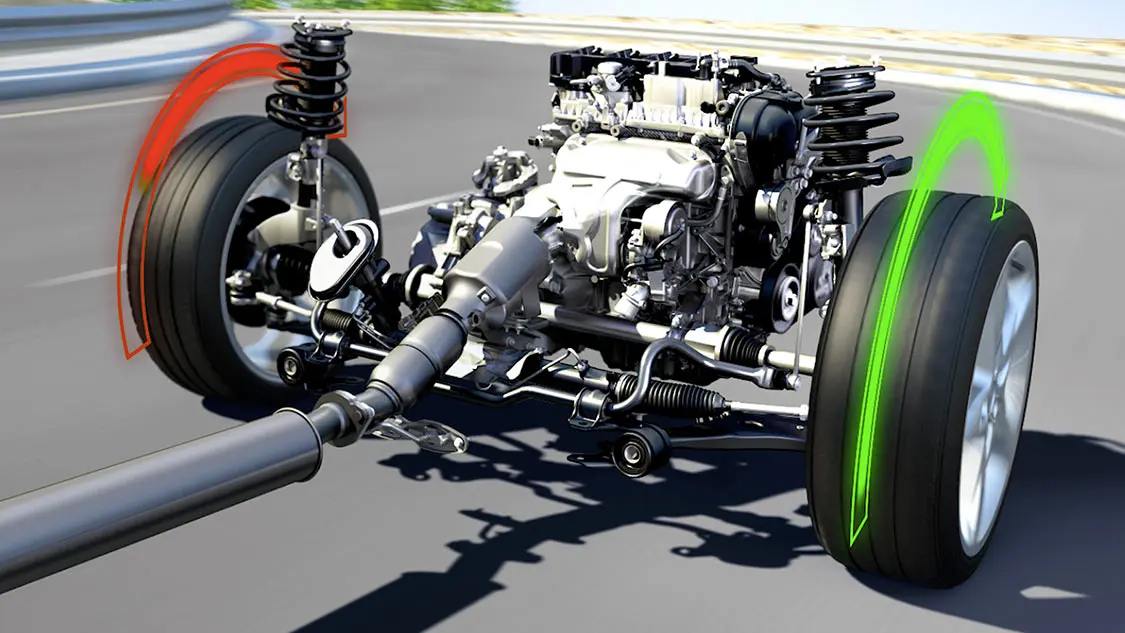
Torque vectoring is an advanced control strategy found in multi-motor EV’s wherein the system has the ability to dynamically adjust torque to each of the half-shafts. Torque vectoring improves traction, cornering capabilities, and overall stability.

A battery technology that uses a solid electrolyte as opposed to the flammable liquid electrolyte solution found in lithium-ion batteries. Solid-state batteries are still largely in development, but once commercially available, they promise to offer significant improvements in both battery energy density and safety.
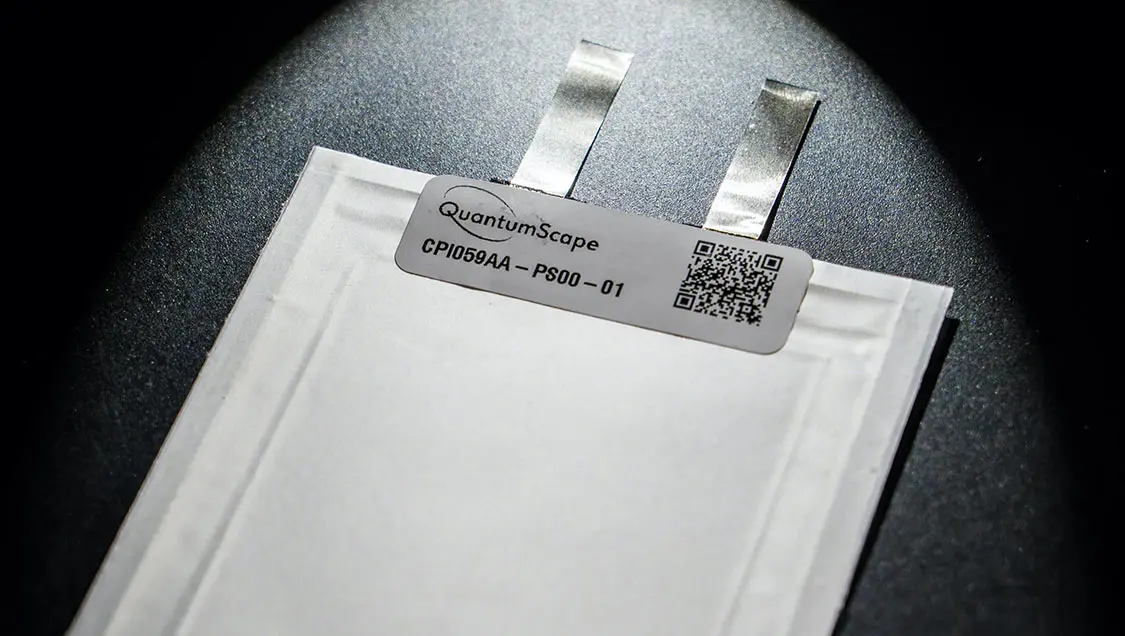
A motor that is transverse mounted is mounted perpendicular to the direction of travel. In EVs, this typically means that the motor comes equipped with a gear reduction box, which also serves as a differential, and drives the wheels directly via half-shafts. This is the most efficient way to spin the wheels in an EV. However, installing a transverse mounted motor in an EV conversion does pose more design and fabrication challenges.
A motor that is longitudinally mounted is mounted parallel to the direction of travel. In EVs, this typically means that the motor drives either a manual transmission or inline gear reduction box with a drive shaft, which in turn drives a rear differential and then the axles. While there is parasitic power loss due to extra moving parts, this is one of the easier ways to convert a vehicle to EV because it requires less fabrication.
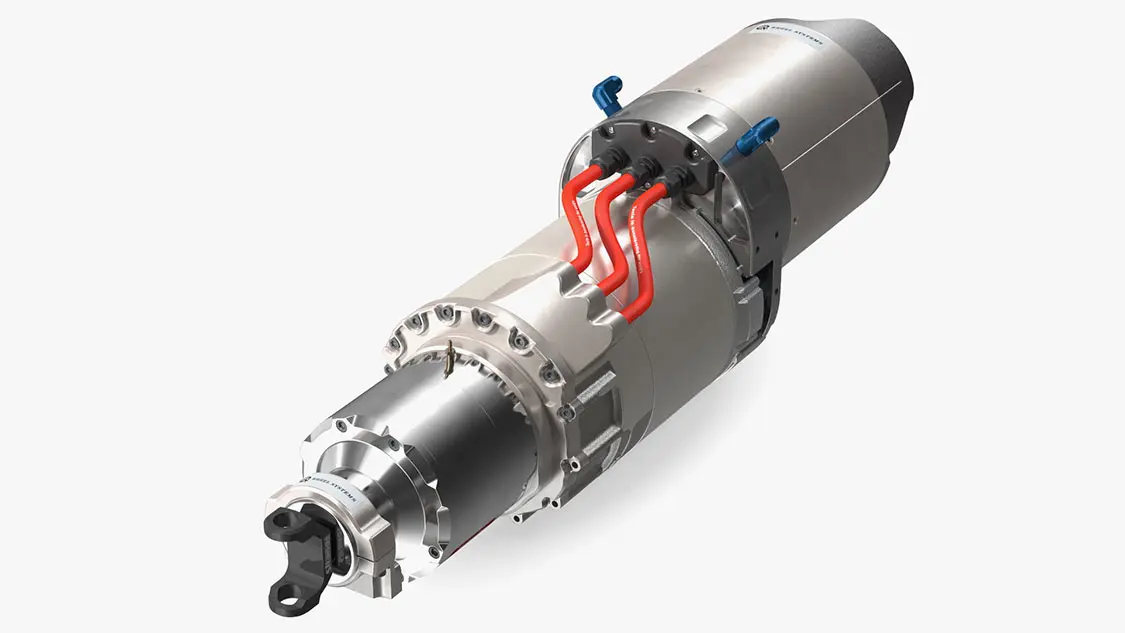
An axial flux motor is a type of motor construction where the magnetic flux lines run perpendicular to the motor shaft as opposed to parallel to the motor shaft. Axial flux motors are significantly shorter, lighter, and more efficient than their radial flux counterparts for a comparable amount of power. However, they are significantly more difficult to manufacture, resulting in a higher price and limiting them to mostly prototype applications at this time.
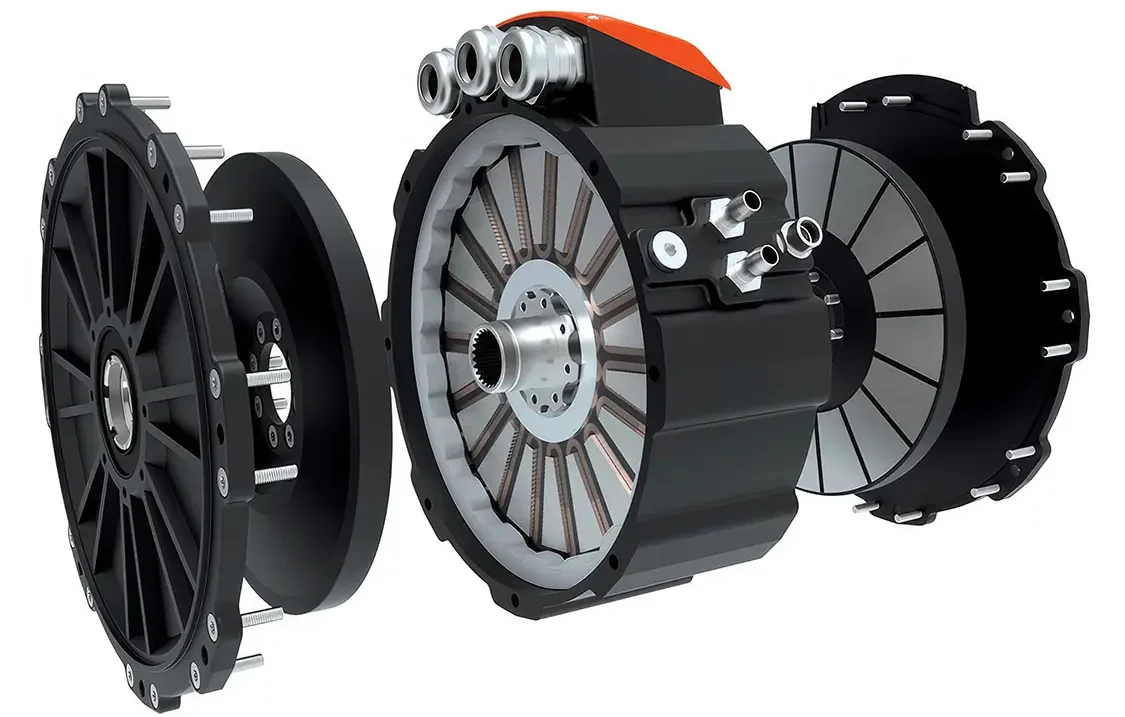
A precharge circuit is a part of an EV that allows the capacitors in an EV motor inverter to charge slowly before the main contactors close. This prevents high in-rush current when the main motor controller contactors are initially closed. High in-rush current can damage the contactors’ contacts, and in extreme cases, weld them shut. Furthermore, high in-rush current can also stress the controllers’ electric components.

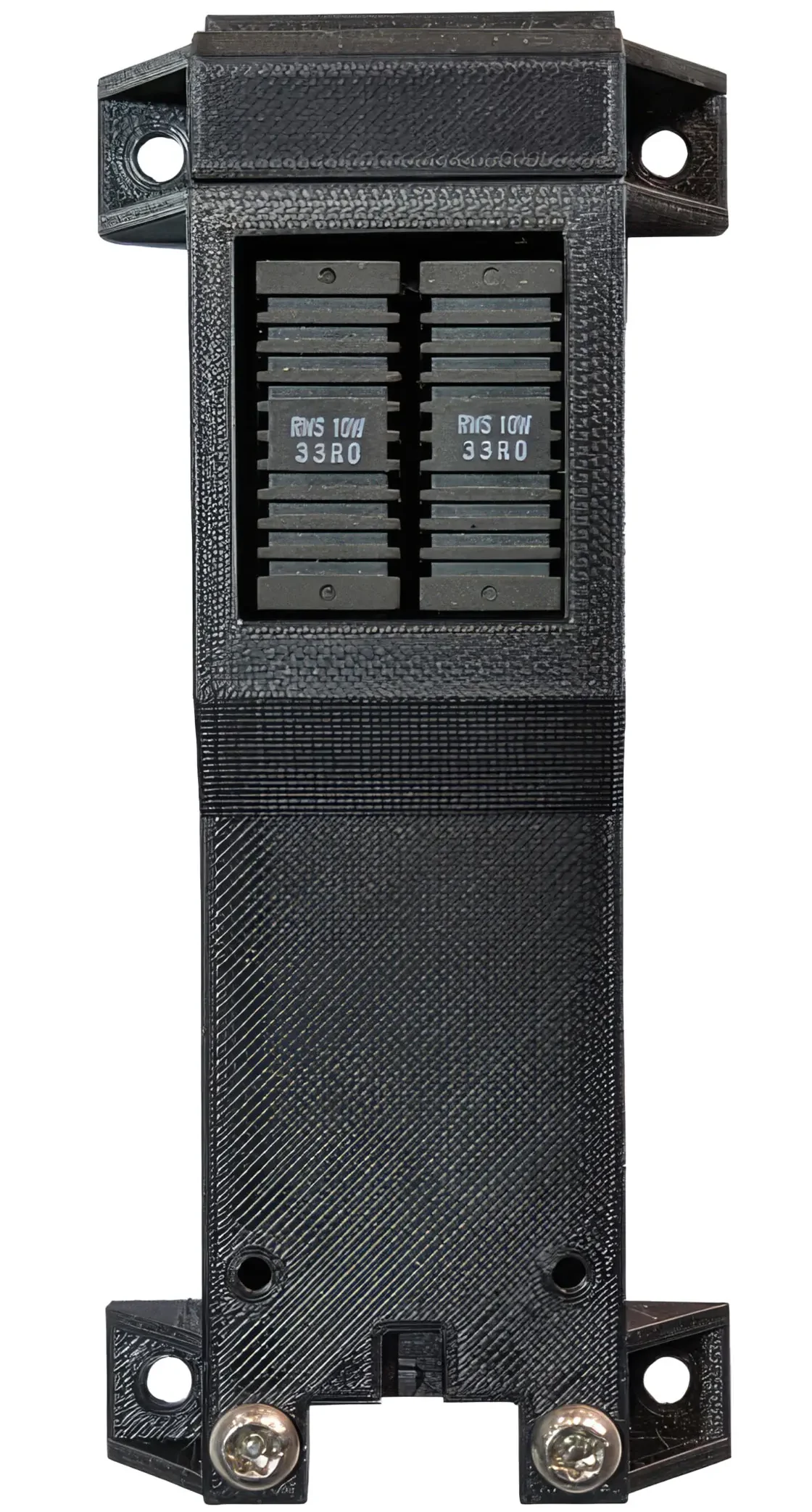
A ground fault is when there is accidental contact between an energized conductor and ground. In the case of an EV, a ground fault means that high voltage potential is now present on the frame of the vehicle, which can damage the vehicle and harm those who come into contact with vehicle.

Power density measures how much instantaneous power a component can generate for a given weight. This is a measurement frequently used to describe both batteries and motors. A power-dense battery cell, for example, could safely output more current than a less power-dense cell.

Energy density is the measure of how much total energy can be stored in a battery for a given weight. Energy dense batteries means that an EV can go farther with less weight.
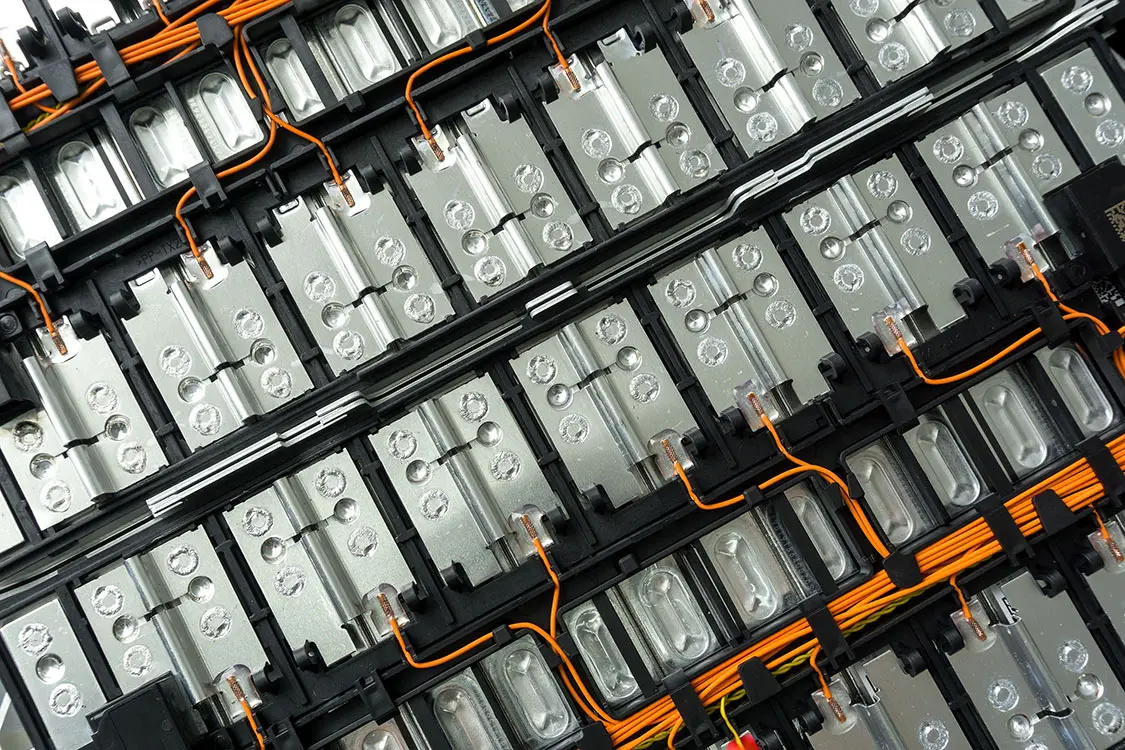
Electrical bonding is connecting multiple conductive components that are not intended to be energized together to reduce shock risk in the case of a fault. In an EV, this typically means the housings of high voltage components, such as the motor or onboard charger, are connected directly to chassis ground.

Share Link